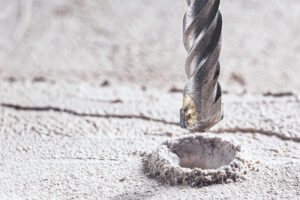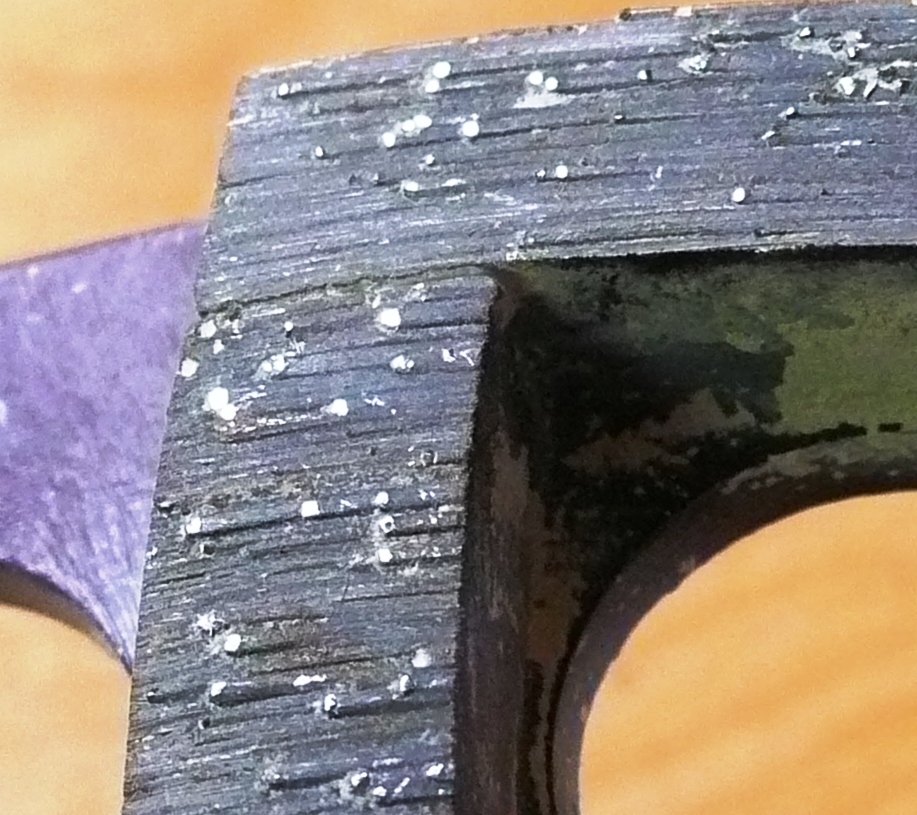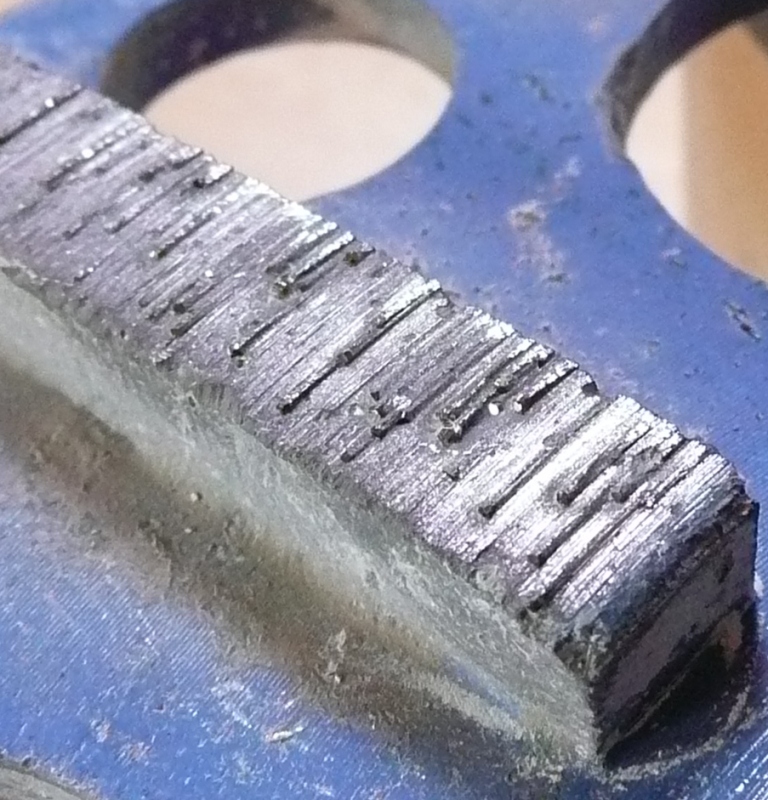
Home » Carve » Tools » Power Carving Tools » Core Dill and Blade – Glazed Diamond Segments
ed note: Since this was written much has changed in the diamond tool industry and the links below now go to the internet archive. When using a diamond core drill or blade that seems to slow down or stop cutting this might be just the advice you need.

When using a diamond core drills, drilling stone, I found out that often the rate of drilling would slow, even when applying more pressure. The problem would continue to get worse, especially when drilling dense stone such as basalt.
The sintered diamond tips had become glazed.
Although oriented to “concrete” this link (which just well could be called “hard stone vrs soft stone sintered diamond blades“) provides an article with images that show what’s happening so you can tell what the problem is.

How to “fix” the mismatch between stone hardness and sintered matrix can be found at this link (Image linked from the situp.com.au site)
The take away from ‘glazed diamonds’ is that “dressing a diamond tool” is something you may need to do, and that you may need a different “dressing stone” for each of your blades/cores/cupwheels.
(Some manufactures claim their tools do not need dressing, because of propietary techniques, maybe the NWSSA veterans can shed light on this topic)




We need some kind of descriptive text here.